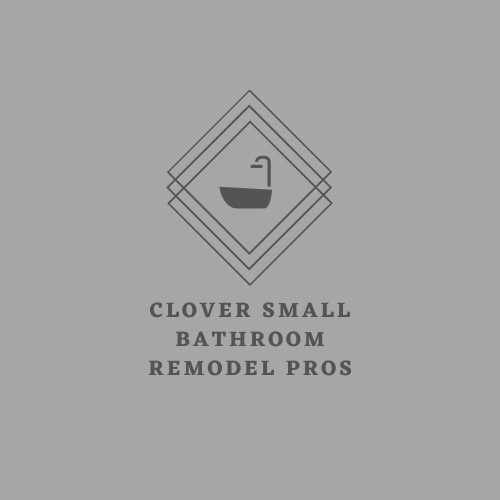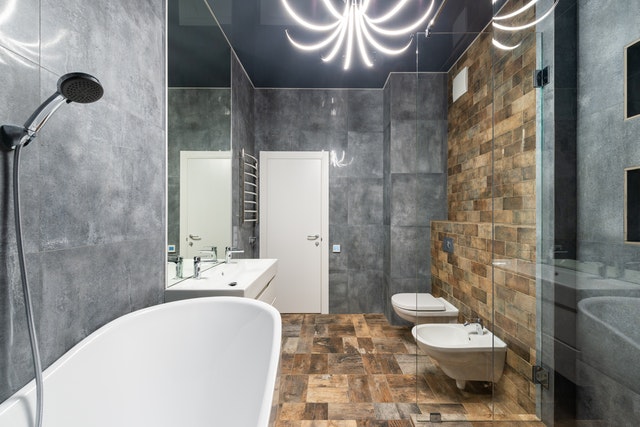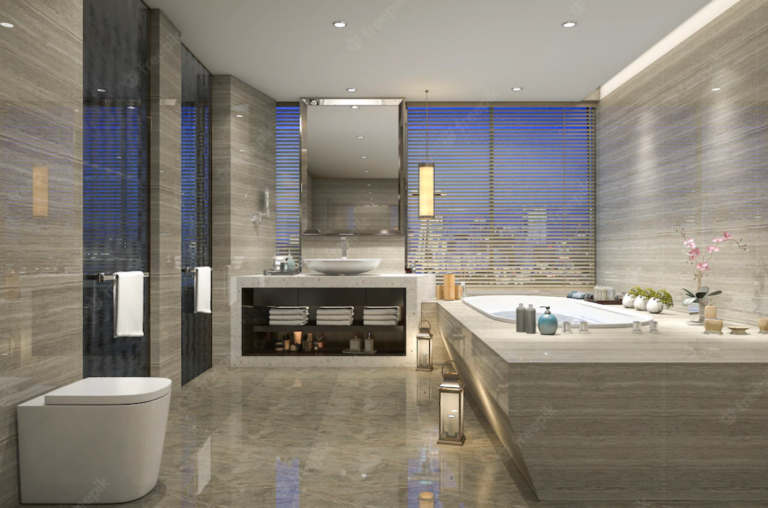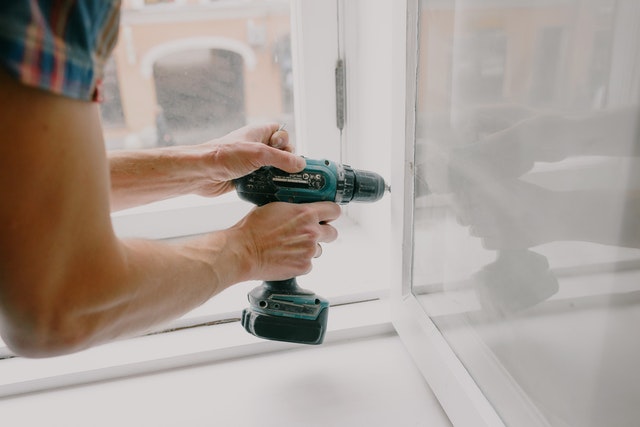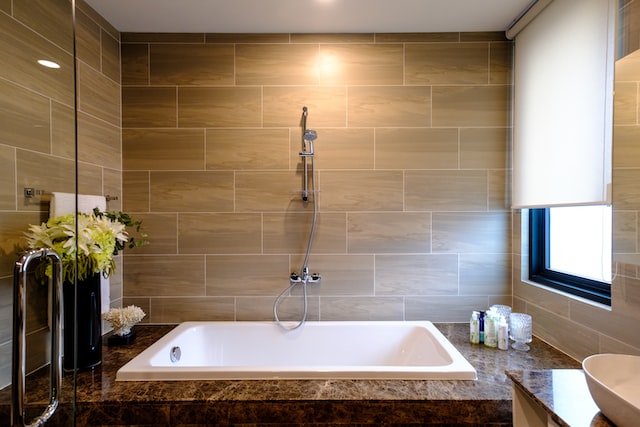This is an excerpt from the Book called “The Perfect Bath” by Barbara Sallick,Marc Kristal. Continue reading to learn more about Bathroom Surfaces and Layering, thanks to the author.
Materials, Surfaces, and Layering
The character of the bath is derived from the materials you choose, how you treat their surfaces, and-most critically-how everything is combined. Figuring out the special alchemy that makes the skin of a bath feel natural and inevitable-how many materials to include, the proportions of each, and the transitions between them-is perhaps the most brain-twisting of bath-creation tasks, largely because there are so many questions to consider. What happens when you put ceramic beside stone, combine active surfaces with quiet ones, layer metal or mirror on man-or machine-made tile or stone? Should you create monolithic wall and floor planes, or frame them with contrasting textures or materials that create patterns and shape a hierarchy of zones, a structure and sinew that give the bath architecture? Whatever the outcome, it will be immutable: the experience you create will be what you encounter each and every time you enter the bath. Getting it right is essential.

To begin, acquaint yourself with the values of the different materials in the bath palette-it’s as useful an exercise as getting to know your water. This is why stone and tile feature so prominently. Otherwise, the building blocks of the bath are surprisingly different in character.
Stone represents the presence of nature, and whether it’s honed, polished, or textured, strongly figured or perfectly quiet, it is what it is and cannot be changed. For me, that is the beauty and, indeed, the romance of stone. I feel privileged to be surrounded by something that is millions of years old and to expenence the remarkable and beautiful story of its formation every time I enter the bath. That kind of robust personality isn’t to everyone’s liking. But if you want to fall in love with a maternal, stone is hard to beat.
Handmade tile runs a close second. If stone belongs to the earth, handmade tile is infused with the soul of craft, the special DNA of its maker-no two artisans create tile precisely the same way. There is also the excitement of uncertainty: there are some thirty-five steps involved in transforming clay into a finished product, and the outcome depends upon a raft of unpredictable, from the makeup of the raw material to the temperature of the kiln. All those inconsistencies give handmade tile its character and appeal. (It also demands a greater degree of skill on the part of the installer, as even “identical” handmade tiles are usually slightly different from one another.)
Like stone, wood is a beautiful, natural material that can be highly effective in the bath, particularly when it is carried in from a bedroom or dressing area to create design continuity. Unlike stone, however, wood does not shed water unless you seal it, which subtracts the richness and tactility that gives wood its appeal. The alternative-and it is not an unwelcome one if your preference is for character over perfection-is to accept water stains as part of the room’s material narrative.
As important as the material itself is the way that material is finished. Honed stone announces itself very differently than polished-the former feels more textured, softer, and more muted, whereas a polished surface is more formal and dressed up, even glamorous. Certain stones demand one or another treatment; you always want to polish onyx, for example, as the process accentuates the colors and veining and draws out the material’s radiance. There are, of course, other ways to manipulate stone, including taking a flame to the surface and breaking up its crystals, or raking it with machines. Each produces a highly particular outcome and sends a different message.
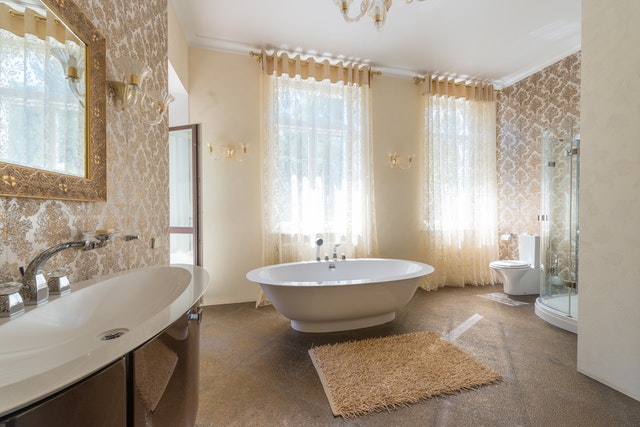

The right materials remain the essential ingredients of the perfect bath. But it is the elegant layering of them that creates a cohesive design expenence. If everything doesn’t feel as though it belongs together-if the material palette fails to constitute a family in which each member plays the right part in the right measure-your bath will read as a hodgepodge, as though you couldn’t make up your mind about what was most appropriate.
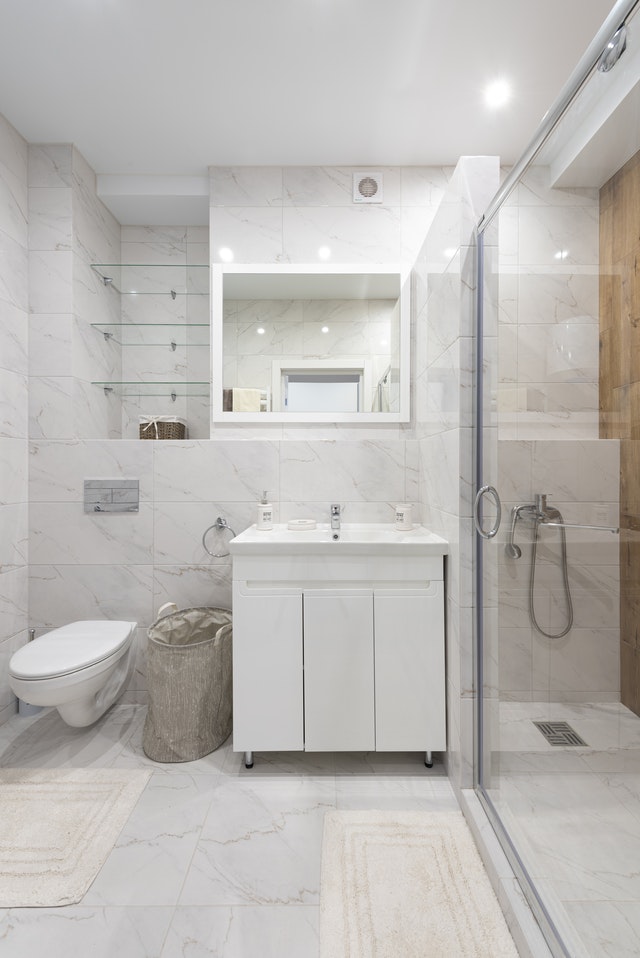
There are good reasons to combine materials in the bath. Though I have seen some in which a single, highly active stone predominated-making a bold and original statement-one material is often just too much, whereas you can modulate the effects of different elements by combining them in ways that are mutually complementary. (Balancing contrastingly finished slabs of the same material, such as a honed marble on the floor and a highly polished countertop, achieves a comparable effect.) You can also combine materials in ways that “zone” the bath, giving it a subtle yet muscular architectural presence. This can be as simple as using panels of the same stone on the floor and in the shower and setting off each panel with a border. Or you can craft a frame of tile around the stone panel featuring the “jewelry” of valves, to create a discrete artwork within the environment of the shower. Parsing the materials this way, with some undertaking the melody, others the accompaniment, gives each part of the bath its own character and degree of importance while unifying the space into a balanced, consistent whole.
Something I always advise: Do not put every single idea into one room. The more you edit your materials, the clearer the message and the more restful and consoling the experience. When working with people on their baths, we take samples of the materials they’ve chosen and, quite literally, layer them one on top of the other, beginning with the details. The exercise tells you very quickly what works and what does not and enables you to make effective and inspired substitutions. It is similar to laying out your clothes before a night on the town-you know immediately when the bath’s “ward-robe” has, or has not, fallen into place.
